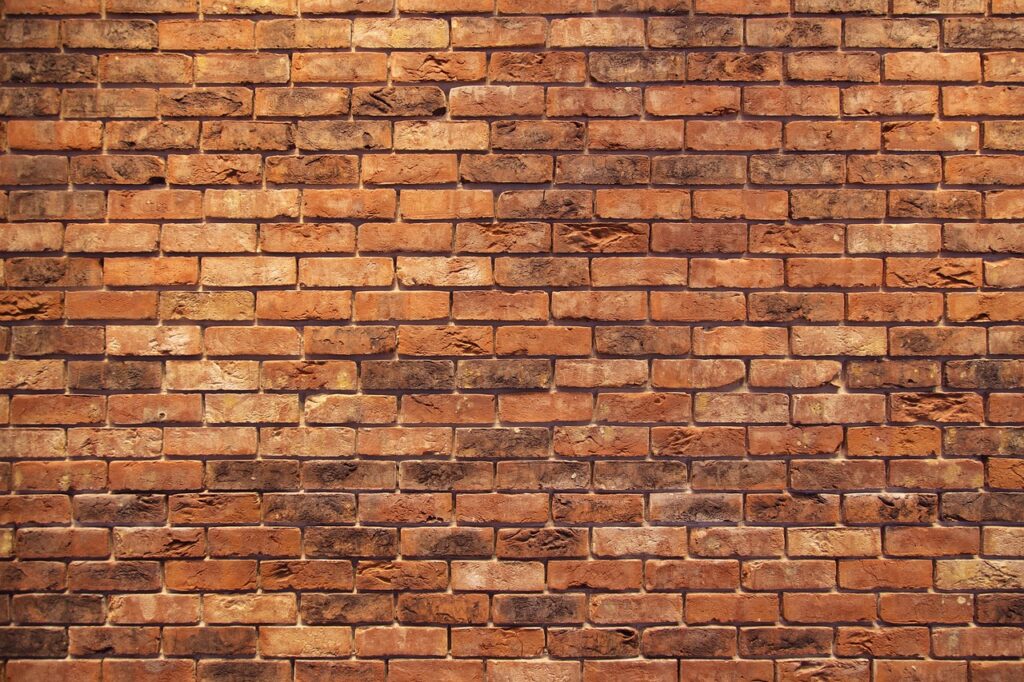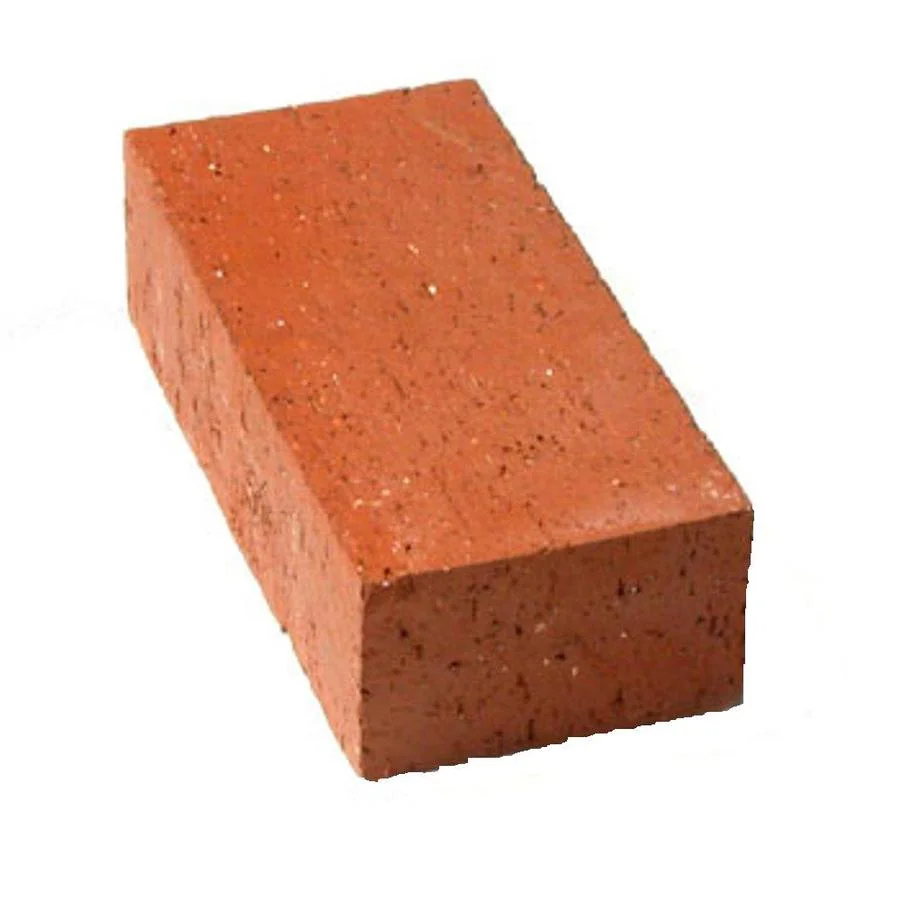Well, if you’re lookin’ to make your own refractory bricks at home, don’t you worry none! It’s simpler than you’d think, and I’ll tell you all about it in a way that’ll make sense. Now, these here refractory bricks are tough little things, designed to stand up to all sorts of heat, so they’re mighty useful in making stoves, fireplaces, and even in some industrial setups. What you need is a good recipe, and that’s what I’m gonna share with you today.
Start With the Basics


First thing you gotta know is that refractory bricks are made to take the heat without fallin’ apart. Ordinary bricks won’t cut it—they’ll crumble right up if you put ’em anywhere near a hot stove or oven. But don’t fret, with just a few ingredients, you can make your own. Now, the trick to makin’ them right is the mix. A good one uses sand, perlite, and a binder like sodium silicate. Sounds fancy, don’t it? But it’s just a fancy name for a glue that holds it all together and can stand up to high temperatures.
Now, sodium silicate ain’t hard to get. You can find it in some drain cleaners or even in kitty litter, of all things! It’s like a magic glue for bricks, making ’em tougher than nails. You just need to mix it up with the sand and perlite and, voila, you got yourself a good, sturdy mix for making fire bricks.
Making the Brick Mixture
To make your refractory bricks, you need to mix up the right ingredients. First, you’ll want to get your hands on some sand. Not just any sand, mind you, but sand that’s good and clean. No need for fancy stuff—just plain old sand from the garden or a local supplier. Next, you’ll need some perlite. Perlite is a kind of volcanic glass, and it helps make your bricks light and insulative, which is real important if you’re makin’ a stove or an oven that needs to keep the heat in.
Once you’ve got your sand and perlite, mix ‘em together. A good ratio is about 1 part sand to 1 part perlite. Then, you’ll need your sodium silicate. Mix that in slowly, making sure you get a nice, thick paste that can hold everything together. You want it to be thick enough to mold into a brick, but not so thick that it won’t hold shape. If it’s too thin, it won’t work right, so you gotta play around with it till you get the right consistency.
Shaping and Drying


Once you’ve got the mixture right, you can start shaping your bricks. You can use a brick mold or just shape ‘em by hand if you’re good at that kind of thing. Be sure to pack the mixture in tight so it forms a solid brick. After you’ve shaped ’em, you gotta let them dry. Don’t try to rush it! Let ’em sit out for at least 24 hours, but if you can leave ’em longer, that’s even better. The slower they dry, the harder and stronger they’ll be.
After they’ve dried out good, you’ll need to fire ’em. Now, you ain’t gotta build a big ol’ kiln for this. You can fire ’em in your own fireplace or in a simple furnace if you have one. Just get the temperature up real high—around 1000°F or so—and let ‘em bake in there for a good long while. This helps the sodium silicate bond everything together, and it makes the brick heat-resistant. Once they’ve cooled down, you’ve got yourself some homemade refractory bricks ready to use!
Using Your Bricks
When you’re ready to use your bricks, you’ll want to make sure you lay them properly. Firebricks should be put together with a special refractory mortar. Don’t use regular cement—no, no! That won’t do the trick. The mortar should be laid down with joints no wider than about 1/8 inch, so it can hold up to the heat without cracking. If you’re putting your bricks outside, though, you might want to make sure they’re not exposed to the weather too much. Otherwise, the moisture could mess ‘em up over time.
Types of Refractory Bricks
Now, there are a few different kinds of firebricks out there, and they’re used for different things. You might’ve heard of hard firebricks like Mizzou. These are tough as nails and can handle a lot of heat. They’re used in things like kilns and industrial furnaces. Then there’s Kast-o-lite, which is a softer firebrick but still plenty strong. It’s better for insulation, so it keeps the heat in while still being flux-proof. Each kind has its uses, so you’ll need to pick the one that best suits your needs.


Why Make Your Own?
You might be wonderin’, “Why bother makin’ these bricks yourself when you can just buy ‘em?” Well, let me tell ya, makin’ your own bricks can save you a heap of money, especially if you need a lot of ‘em. Plus, it’s real satisfying to know you made something with your own two hands. And it’s a whole lot easier than you might think, especially if you got the right stuff on hand.
So, next time you’re thinkin’ about buildin’ yourself a stove, a firepit, or some kind of oven, give makin’ your own refractory bricks a try. It’s simple, it’s cheap, and it works like a charm!
Tags:[DIY refractory bricks, sodium silicate, firebrick, refractory mortar, homemade bricks, high-temperature bricks, refractory cement]


